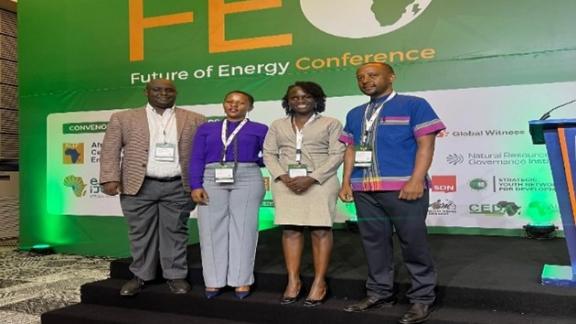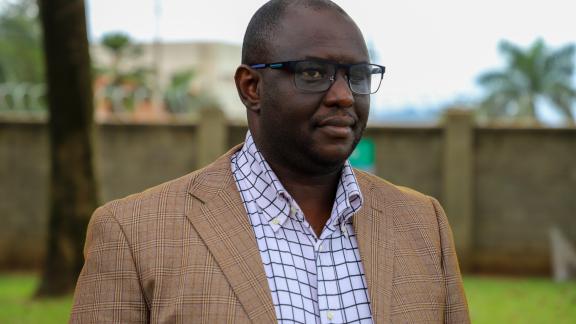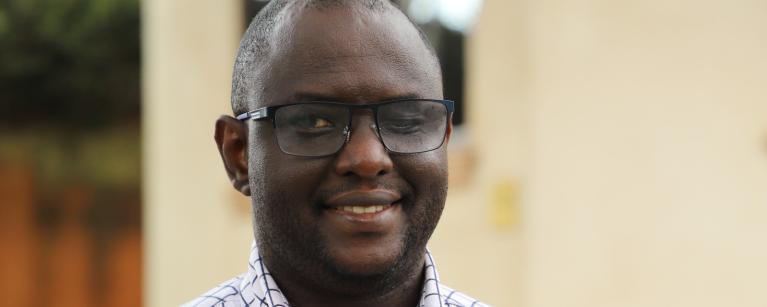The Future of Energy Conference (FEC) is an annual platform to drive stakeholder collaboration towards an inclusive and sustainable energy future for Africa. It critically explores strategies to harness the untapped potential within the energy transition and the continent’s natural resources to address energy poverty and drive economic transformation.
Organized by the Africa Centre for Energy Policy (ACEP), FEC 2025 convened policymakers, investors, civil society, and industry leaders to address Africa's energy challenges and opportunities from August 26–27, 2025, at the Labadi Beach Hotel in Accra, Ghana.
FEC was centered on the theme, "Financing Africa’s Energy Future: Unlocking Investments for Energy Access and Economic Transformation."
The conference highlighted several critical focus areas, including the development of innovative financing mechanisms to accelerate clean energy projects and strategies to expand energy access across the continent.

“Discussions also emphasized the importance of governance and accountability in energy sector investments to ensure transparency and sustainability. Participants explored the integration of electric mobility and the productive use of energy to drive economic growth, as well as approaches to mitigate methane emissions in energy production. ”
Finally, the conference examined Africa's role in emerging global energy-value chains, positioning the continent as a key player in shaping the future of energy. The conference aimed to move beyond dialogue, emphasizing actionable commitments and collaborative efforts to shape an inclusive, sustainable, and growth-oriented energy future for Africa
Uganda’s Clean Energy Access Progress
Uganda’s electricity generation is increasingly renewable, with hydropower, sugarcane bagasse, and solar PV accounting for about 92% of installed capacity. The Karuma Hydropower Project (600 MW, 2024) increased total capacity to over 2,000 MW. Despite this, traditional biomass still provides around 90% of energy consumption, posing health and environmental challenges.
The country has steadily expanded electricity access through grid and off-grid solar solutions. As of 2023, Uganda's clean energy access rate remains low, with approximately 30% of the population having access to electricity and less than 6% having access to clean cooking fuels. This places Uganda among the countries with the lowest electrification and clean cooking rates in sub-Saharan Africa.
Policy frameworks such as the National Energy Policy (2023), Renewable Energy Policy, and Energy Transition Plan (2024) aim for universal access by 2040. However, financing remains the main barrier, especially for off-grid and community-based renewable projects.
“As of 2023, Uganda's clean energy access rate remains low, with approximately 30% of the population having access to electricity and less than 6% having access to clean cooking fuels. This places Uganda among the countries with the lowest electrification and clean cooking rates in sub-Saharan Africa.”
Clean Energy Financing Challenges
Uganda faces significant challenges in financing its clean energy sector, which hinder the country’s energy transition goals. The high cost of capital remains a major barrier, as private sector borrowing is constrained by elevated interest rates and foreign currency risks, while domestic banks often lack the technical expertise to evaluate renewable energy projects.
Consequently, many initiatives rely heavily on donor funding, which is insufficient to meet the scale of investment required. Weak financial health of utilities, such as the Uganda Electricity Transmission Company Limited (UETCL) and distribution companies, further undermines investor confidence.
Policy and regulatory uncertainty, including delays in tariff reviews, licensing approvals, and incentive implementation, discourages investment, while mini-grid developers face unclear compensation when the main grid reaches their areas.
“Policy and regulatory uncertainty, including delays in tariff reviews, licensing approvals, and incentive implementation, discourages investment, while mini-grid developers face unclear compensation when the main grid reaches their areas. ”
Limited local financing capacity, combined with affordability and inclusivity barriers, also restricts participation: low-income households, women, and youth entrepreneurs struggle to access the capital needed to deploy and scale clean energy solutions. Addressing these challenges is critical for Uganda to mobilize investment, expand access, and accelerate its clean energy transition.
Policy Recommendations
- Strengthen Policy Consistency and Regulatory Clarity: Fully implement the Energy Transition Plan and National Energy Policy with clear timelines. Also streamline approvals, licensing, and tariff frameworks to reduce investor uncertainty.
- Mobilize Domestic and International Capital: Develop public–private guarantee funds and mini-grid investment facilities. Promote green bonds, renewable energy investment funds, and blended finance models to attract private sector investment.
- Expand Risk Mitigation Instruments: Introduce political risk insurance, partial risk guarantees, and currency hedging to reduce investment risks.
- Build Local Financial Capacity: Provide technical support and capacity-building programs for domestic banks to assess renewable energy projects. Facilitate access to patient capital for off-grid and community-based initiatives.
- Promote Inclusive and Gender-Responsive Financing: Provide targeted credit lines and financial support for women and youth entrepreneurs. Scale pay-as-you-go solar systems and microfinance solutions to improve access for low-income households. Provide targeted credit lines for women and youth entrepreneurs.
- Encourage Local Innovation and Hybrid Project Pilots: Support domestic manufacturing of solar panels, batteries, and energy-efficient appliances. Pilot hybrid projects such as solar-hydro, geothermal-solar, and biogas mini-grids demonstrate scalable solutions.
- Build Public Trust and Political Will: Highlight success stories of schools, health centers, and communities powered by renewable energy. Use these examples to foster confidence in clean energy projects and encourage broader adoption.

Conclusion
Uganda’s clean energy transition depends on addressing financing barriers, strengthening regulatory clarity, mobilizing local capital, and ensuring inclusive participation. By implementing these measures, Uganda can unlock domestic and private capital, reduce investment risks, and foster an inclusive and sustainable clean energy transition. Strengthening policy, promoting innovation, and ensuring equitable access will accelerate electrification, support economic growth, and position Uganda as a regional leader in renewable energy.
